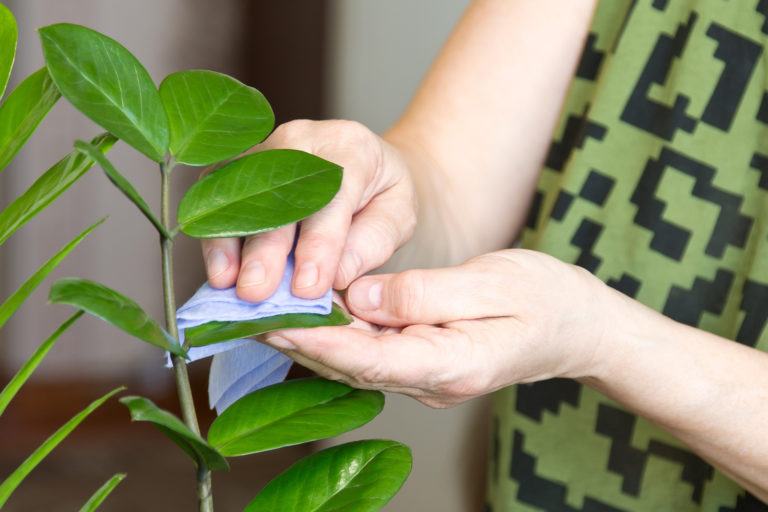
Quick Tips
- Indoor plants.
- Start by pruning your plant.
- Dust and clean your plants.
- Outdoor plants.
- Mix your plant cleaning solution.
- Clean your outdoor plants.
Cleaning plants should be simple, right? Honestly, after all my research, it’s not as easy as I originally thought. While the correct way to actually clean a plant is relatively simple, there are many ways to do it incorrectly. Most of those ways can damage your plant irrevocably, and they’re all online, just waiting for you to think you’re doing the right thing until your poor, defenseless plant dies a horribly tortured death.
So, why is the method I propose below any different than the methods that will destroy your plants? First, it’s very simple, and where plant care is concerned, the simpler the better. Second, I recommend using all natural products, so if by some slim chance I am incorrect, none of these products will harm your plants.
Steps for Cleaning Indoor and Outdoor Plants
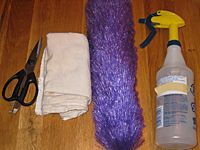 Indoor plants. Let’s face it: It’s the nature of indoor plants to get dusty. You will need scissors, a feather duster, a clean cloth, and dirty and/or dusty plants for cleaning. A spray bottle with water at room temperature is useful, though not required.
Indoor plants. Let’s face it: It’s the nature of indoor plants to get dusty. You will need scissors, a feather duster, a clean cloth, and dirty and/or dusty plants for cleaning. A spray bottle with water at room temperature is useful, though not required.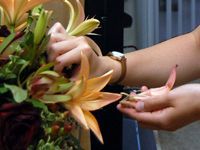 Start by pruning your plant. Use the scissors to cut off any dead leaves, branches, or blooms. When trimming leaves and branches, cut at the very base of the stem or branch, removing it completely. Pruning varies from flower to flower, and as this is an article on how to clean plants, a Google search will assist you quite handily.
Start by pruning your plant. Use the scissors to cut off any dead leaves, branches, or blooms. When trimming leaves and branches, cut at the very base of the stem or branch, removing it completely. Pruning varies from flower to flower, and as this is an article on how to clean plants, a Google search will assist you quite handily.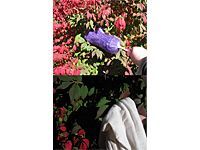 Dust and clean your plants. Take the feather duster and gently dust the plant. Never whack, hit, or shake your plant. In some cases, you may need to take a clean cloth and wipe down the leaves. Once this is done, take your spray bottle of room temperature water, set the spray bottle to a fine mist setting, and give your plant a good once over. Only use room temperature water as cold water can damage plants. Then, take your cloth again, and wipe down as many leaves as you can.
Dust and clean your plants. Take the feather duster and gently dust the plant. Never whack, hit, or shake your plant. In some cases, you may need to take a clean cloth and wipe down the leaves. Once this is done, take your spray bottle of room temperature water, set the spray bottle to a fine mist setting, and give your plant a good once over. Only use room temperature water as cold water can damage plants. Then, take your cloth again, and wipe down as many leaves as you can.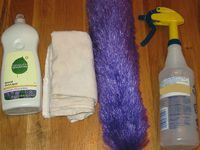 Outdoor plants. When I talk about cleaning outdoor plants, I mean the kind of thing you hang on the porch or by your door, not the actual trees planted in your yard. I also don’t recommend cleaning your bushes, as that would make you certifiably crazy. To clean outdoor plants, you’ll need a feather duster, clean cloth, spray bottle of warm water, dish detergent, and dirty and/or dusty plants.
Outdoor plants. When I talk about cleaning outdoor plants, I mean the kind of thing you hang on the porch or by your door, not the actual trees planted in your yard. I also don’t recommend cleaning your bushes, as that would make you certifiably crazy. To clean outdoor plants, you’ll need a feather duster, clean cloth, spray bottle of warm water, dish detergent, and dirty and/or dusty plants.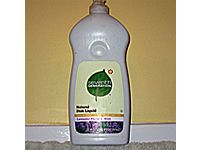 Mix your plant cleaning solution. Keep in mind that this method is only for extremely filthy outdoor plants. Take your spray bottle of warm water and add a drop or two of extremely mild, all-natural dish detergent. It is important to use a detergent that is mild, non-abrasive, and especially all natural, since you’ll be applying it to a delicate, living thing. Mix the solution well before using.
Mix your plant cleaning solution. Keep in mind that this method is only for extremely filthy outdoor plants. Take your spray bottle of warm water and add a drop or two of extremely mild, all-natural dish detergent. It is important to use a detergent that is mild, non-abrasive, and especially all natural, since you’ll be applying it to a delicate, living thing. Mix the solution well before using.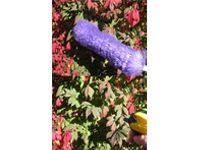 Clean your outdoor plants. Take the feather duster and dust the leaves gently. Then, take your spray bottle of cleaning solution and set it to the finest possible mist.
Clean your outdoor plants. Take the feather duster and dust the leaves gently. Then, take your spray bottle of cleaning solution and set it to the finest possible mist.
How to Not Clean Plants
A recent fad has you spraying a solution of warm water and milk on your plants. This is not a good idea as milk, vegetable oil, or commercial “leaf shine” products tend to clog your plants pores. This will cause them to wilt and most likely die. Also, a weed whacker, while occasionally tempting to use, is not a good method for cleaning plants.
Natural Solutions to Clean Plants
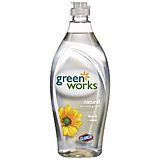 Green Works Free & Clear Dishwashing Liquid. An alternative to Seventh Generation Dish Soap, Green Works is a good, all natural, non-abrasive product from a well-known company. This is the perfect dish soap to help you clean your plants. You can order Greenworks from Amazon.
Green Works Free & Clear Dishwashing Liquid. An alternative to Seventh Generation Dish Soap, Green Works is a good, all natural, non-abrasive product from a well-known company. This is the perfect dish soap to help you clean your plants. You can order Greenworks from Amazon.
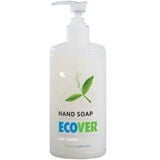 Ecover Hand Soap. Instead of dish soap, you can use hand soap, so long as it’s also all-natural and non-abrasive. Ecover has been making this kind of product for a long time, and they know what they’re doing.
Ecover Hand Soap. Instead of dish soap, you can use hand soap, so long as it’s also all-natural and non-abrasive. Ecover has been making this kind of product for a long time, and they know what they’re doing.
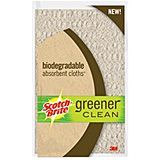 Scotch-Brite Greener Clean Absorbent Cloth.Part of 3M’s line of eco-friendly cleaning products, this product is made for absorbency. It’s the perfect alternative to cotton cloths for cleaning your plants. It is soft when either wet or dry, making it a superb product. You can find Greener Clean scrub sponges
Scotch-Brite Greener Clean Absorbent Cloth.Part of 3M’s line of eco-friendly cleaning products, this product is made for absorbency. It’s the perfect alternative to cotton cloths for cleaning your plants. It is soft when either wet or dry, making it a superb product. You can find Greener Clean scrub sponges